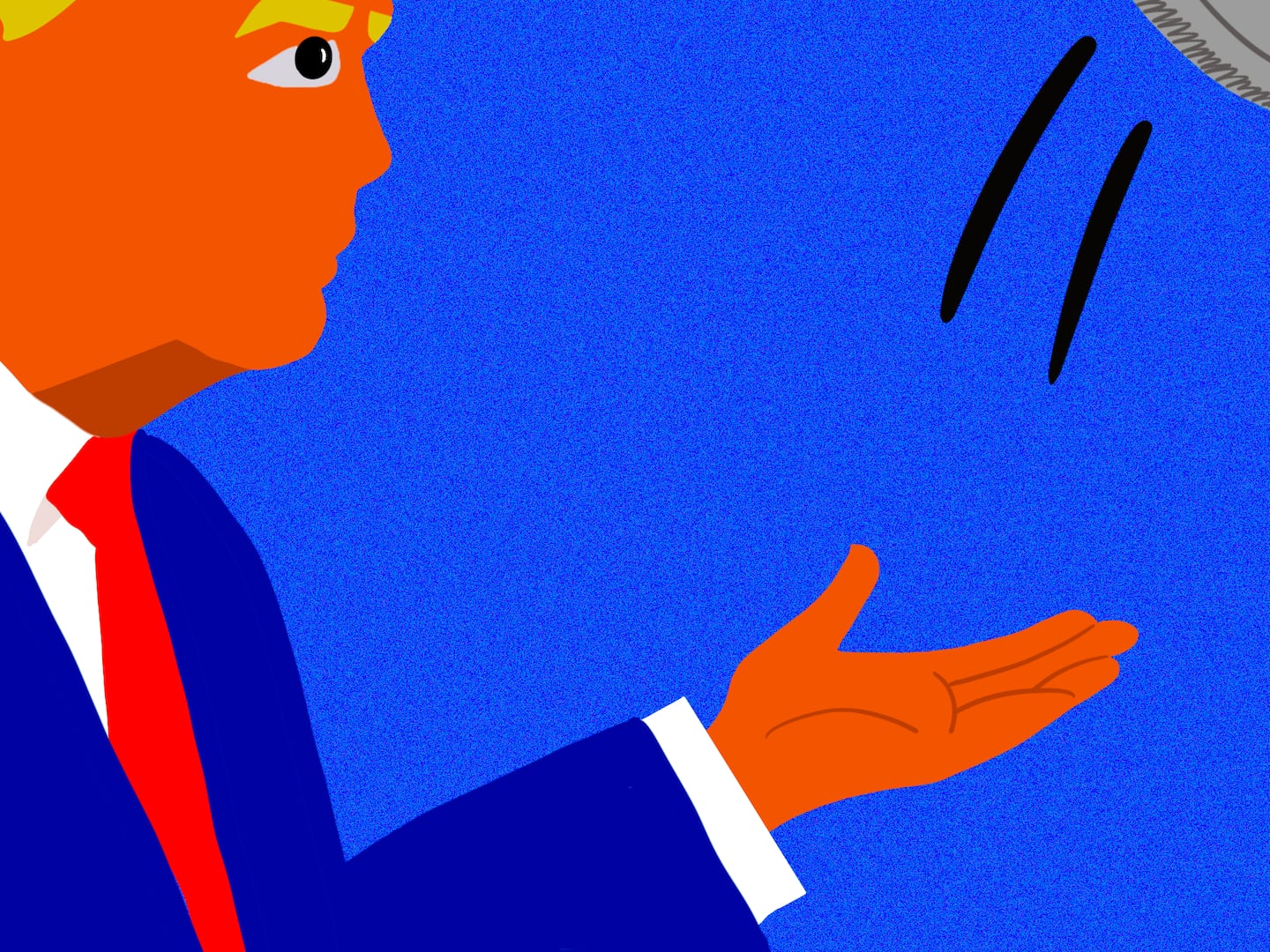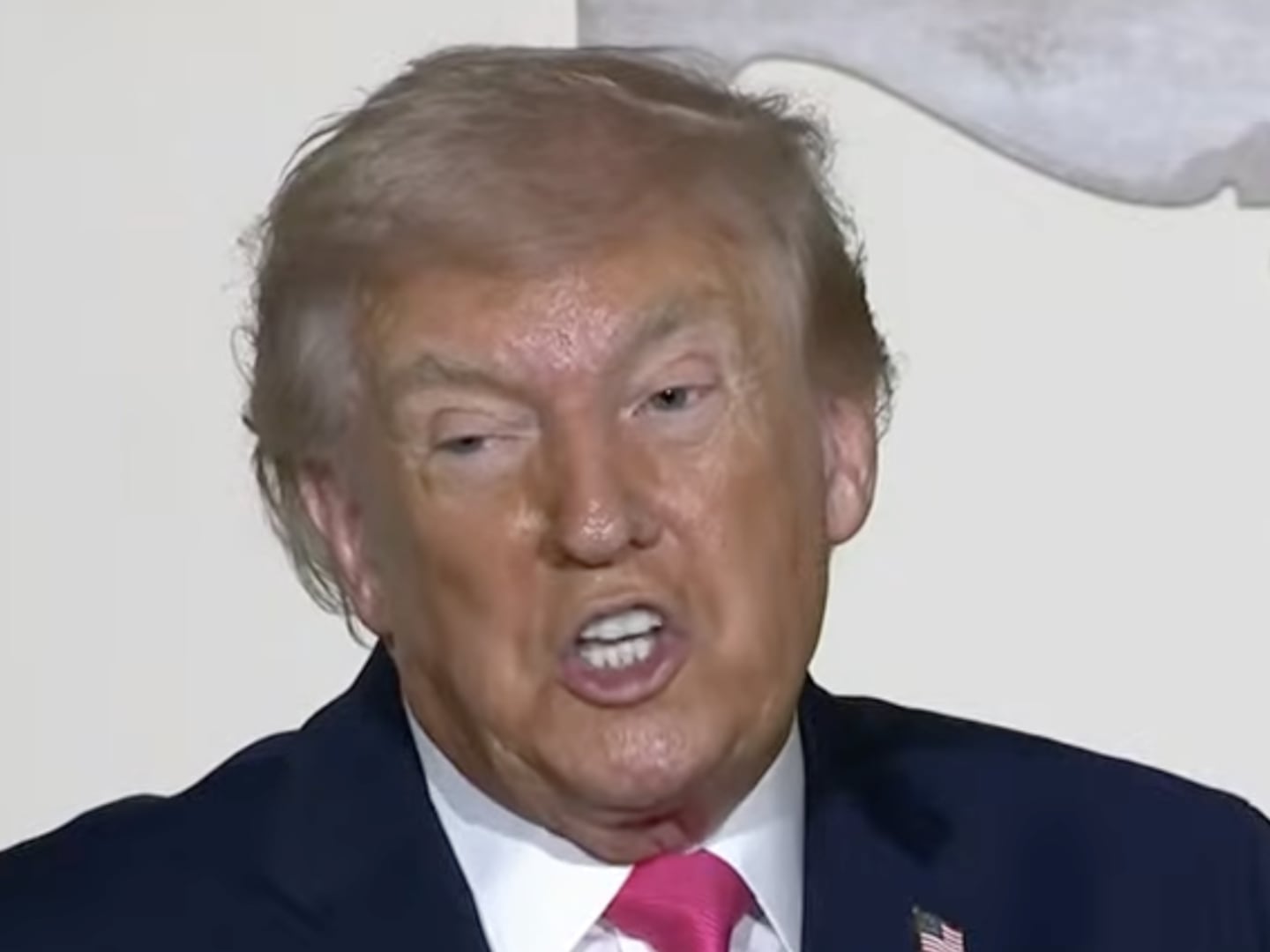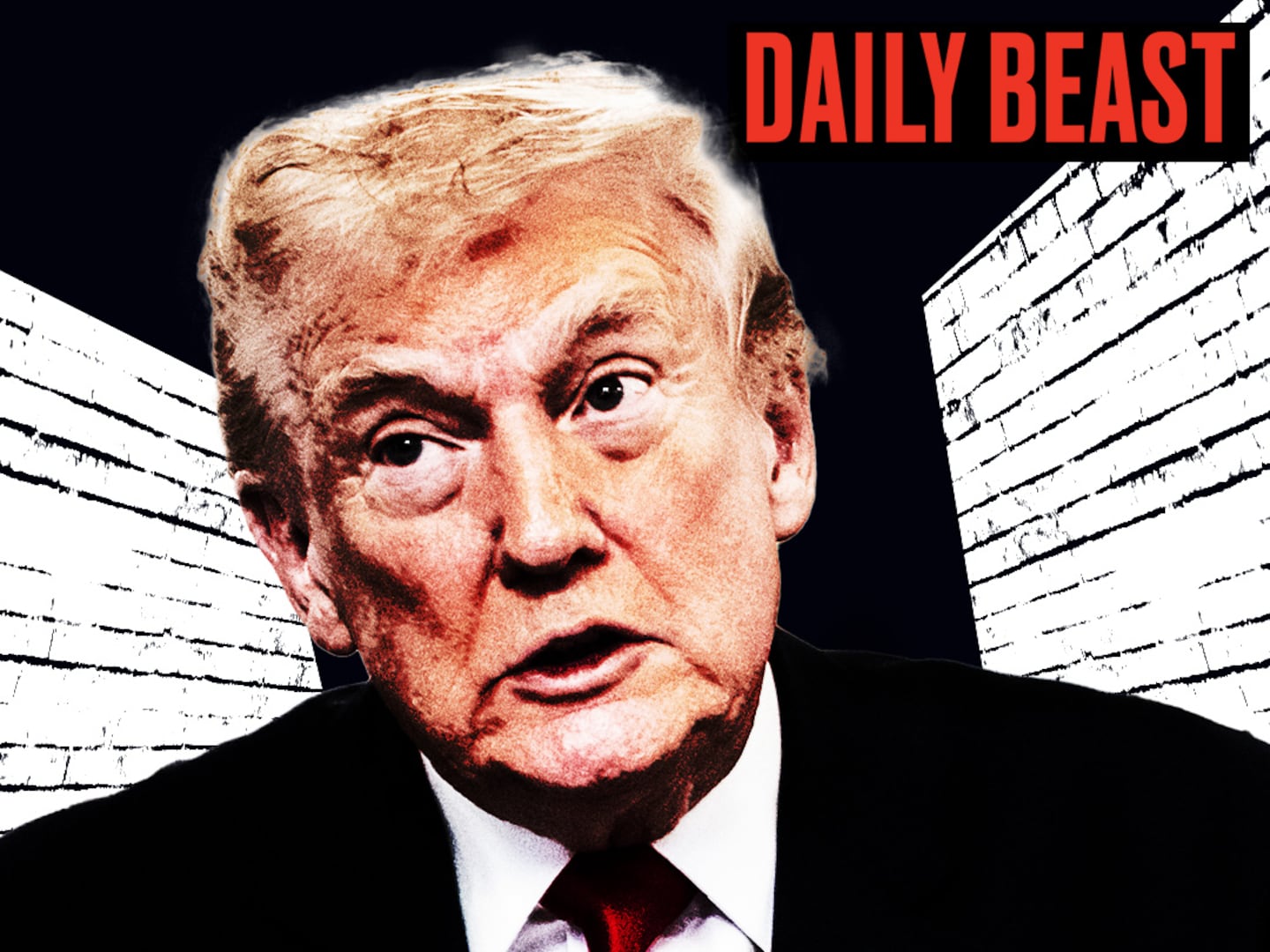Sunil Tripathi, 22, was arguably one the final casualties of the 2013 Boston Marathon bombing.
The then-Brown University student had been missing for a month when the Boston Police Department released blurry photos of the two suspects in the attack. Suspect #2 wore a white baseball cap over black hair as Tripathi sometimes liked to; both Tripathi and the suspect had distinctive facial features.
On Twitter, a woman suggested that Tripathi looked like Suspect #2. And within hours of that tweet, which was posted two years ago this weekend, millions concluded he was indeed a suspect. Scores of journalists called the family seeking comment, the online community vilified Tripathi, and his identity was lost to an online community’s yearning to become quasi investigators, journalists and crime solvers, a consequence of uncensored, free-flowing information.
Tripathi now carries an epitaph for a crime he did not commit, the falsely accused Boston Marathon bomber. A documentary called “Help Us Find Sunil Tripathi” captures the search for him, both while he was missing and in the aftermath of a false accusation. Premiering last fall at a film festival in Atlanta where it won the audience award for feature film, the documentary dissects how everyone’s ability to captivate a world audience is leading to greater misinformation, in this case through a series of tweets and Reddit messages validated by media outlets.
The search may have been for Tripathi, the movie suggests, but it may be we who are lost.
Indeed, the public’s understanding of news events is increasingly punctuated with misinformation—the protest that never happened in Benghazi; the mother who did not teach at Sandy Hook when her son shot 26 people; the Secret Service agents who may or may not have been drunk when they did not run over a suspicious package.
The documentary, produced and directed by three former CNN producers, explains “probably just the beginning of modern digital witchhunting [sic],” as one person presciently tweeted in the immediate aftermath of the bombings.
Director Neal Broffman and executive producer Elisa Gambino, who are also husband and wife, had met Tripathi’s sister on an assignment in east Africa before her brother’s disappearance. They helped during the search, and the movie became their first feature length documentary, which took about a year to make. Former CNN Producer Heather O'Neill was the third member of the movie’s production team.
“I became concerned that this is how we as a society are communicating and sharing information,” Broffman told The Daily Beast.
Gambino said had they not known the family before, the movie likely would not have happened, as the trust between the family and the makers of the movie was essential. The family has not agreed to speak to anyone else on camera about their experience.
The 75-minute documentary opens with the bombing itself, and actual voice mails from some of the journalists who called seeking any information about Tripathi’s possible connection were featured throughout the film. Some news organizations reported Tripathi’s name. Intercut, Sunil’s family talks about his love of family and of saxophone, and his struggle with depression. The juxtaposition of who the online world labeled him to be and how his family knew him only highlights the hijacking of Tripathi’s identity that night.
Tripathi disappeared March 16, leaving his phone and wallet behind. He had been suffering from depression at the time, so much so that he took a semester off school while staying near the university. Surveillance videos from four cameras showed him casually walking down the street near his house. None of them capture his return.
The Byrn Mawr, Pennsylvania, native’s family and friends set up a search center in a house provided by Brown University. They searched the Providence River, homeless shelters, soup kitchens, and seedier parts of the city. And they reached out to the media, including a Facebook page called “Help Us Find Sunil Tripathi,” which inspired the movie’s name.
“We felt like our best shot to find Sunil was to be public,” his aunt Nina Taylor says in the film. “It was our only shot.”
Gambino and Broffman made a short YouTube piece for the family as part of that online campaign, their introduction to the case.
One month later, with no leads, silence subsumed the search and Tripathi’s siblings—Ravi and Sangeeta—coincidentally went to the Boston Marathon to support a friend running. Within seconds of the bombing, Reddit and Twitter users sought to piece together what happened though massive online crowdsourcing. A subreddit called “Find the Boston bombers” emerged.
“Did you notice the guy in the lower left with a laptop? Blue & white plaid shirt?” one person asks in a Reddit post, one of dozens that flash across the screen throughout the documentary.
With each passing minute, as users threaded what others posted, the details appearing online were more specific until someone, a former high school classmate of Tripathi posted: “I’m a little more than freaked out right now about the photo of suspect #2,” one Twitter user posts, followed by: “Looks just like a kid from my area that went missing exactly a month [sic] and has yet to be found.”
An avalanche of tenuous online confirmations followed, prompting the woman who first floated Tripathi’s name to post: “Oh my God. It was Sunil. I’m shaking. I cannot believe it.”
“Sunil Tripathi is guilty. We need to find this guy and beat him repeatedly for the massacres he caused. Dirty terrorist scum. #NewBinLaden,” someone else chimed in.
Tripathi’s name began trending on Twitter. A former Daily Beast editor was among those who retweeted Tripathi’s name. And the deafening silence the family had endured since his disappearance was replaced by a cacophony of calls from reporters.
“It very quickly bounced back out of Twitter and into blogs and news sites and other places as everyone tried to capitalize on the traffic they knew would come from having that name in a headline really quickly,” Alexis C. Madrigal of The Atlantic, one of the first journalists to document Tripathi’s plight, explains in the film.
The family took down the Facebook page because it could not delete the vitriolic messages fast enough. But that only raised suspicions. One talk show host, Pete Santilli, left a voice mail and wanted to know: Why did the Facebook page disappear just 30 minutes after the police shooting?
The suspicion only intensified when someone else on Twitter suggested that they heard Tripathi and a second name on Boston’s police scanner, during a shooting between the suspect and police. The scanner never said Tripathi’s name and the second name was wrong. In the movie, Sangeeta said she received 58 voice mails in one hour—between 3 and 4 a.m.
“My mother kept wanting to pick up her phone, ’cause she said, ‘What if it is Sunil?’ And I said, ‘It is not Sunil,’” Sangeeta explained in the movie.
For more than 12 hours, Tripathi’s name was tied to the bombings, and the online community celebrated its prevalence over old media and investigators. Broffman first learned about the misidentification in the morning through a threatening email; someone contacted him when they realized he created the YouTube video.
“Tonight the new media world has made its mark. Like when Bernard Shaw stayed in Iraq for CNN during Gulf War 1,” NBC’s Luke Russert tweeted.
Broffman and Gambino said all the journalists and bloggers who sent out tweets refused to be interviewed for the film, but then-Reddit general manager Erik Martin did agree and conceded it was a stream that could have been controlled.
“We were primarily concerned with and reaching out and trying to have a conversation with journalists who had actually done something to advance this rumor that Sunil was somehow a suspect,” Broffman said.
When NBC’s Pete Williams reported the names of the suspects, brothers Dzhokhar Tsarnaev and Tamerlan Tsarnaev, the calls stopped and the silence returned. But the damage was done.
Last week, Boston commemorated the anniversary of the bombings, which consisted of two pressure cooker bombs that killed three and injured about 260 others. Three days afterward, the suspects killed an MIT police officer and exchanged gunfire with police in Watertown, Massachusetts, an incident that led to the death of Tamerlan and one day later, the capture of his brother. Dzhokhar was convicted April 8 of all 30 charges, and now could face the death penalty.
On Monday, the city will hold the annual marathon.
After Williams’s report, the family called every journalist back and asked that they instead tell of Tripathi’s search. Some did. As it turned out, it was too late.
Three days after her was falsely accused, authorities found Tripathi’s body in the Providence River. He took his life one month before the bombings, a suspect for an event he was not alive for.
“That was not part of his story,” Ben Beachy, a family friend, who was part of the search team for Tripathi, said in the film. “This is a story told about him. It wasn’t a story of him.”
Broffman and Gambino said the feedback from audiences has been shock and discomfort even as they are participants in that online world.
“Does that translate into changing one’s behavior?” Broffman asked. “I would like to think it makes someone think twice before hitting that button or make a comment about somebody. Where are they getting that information?”






